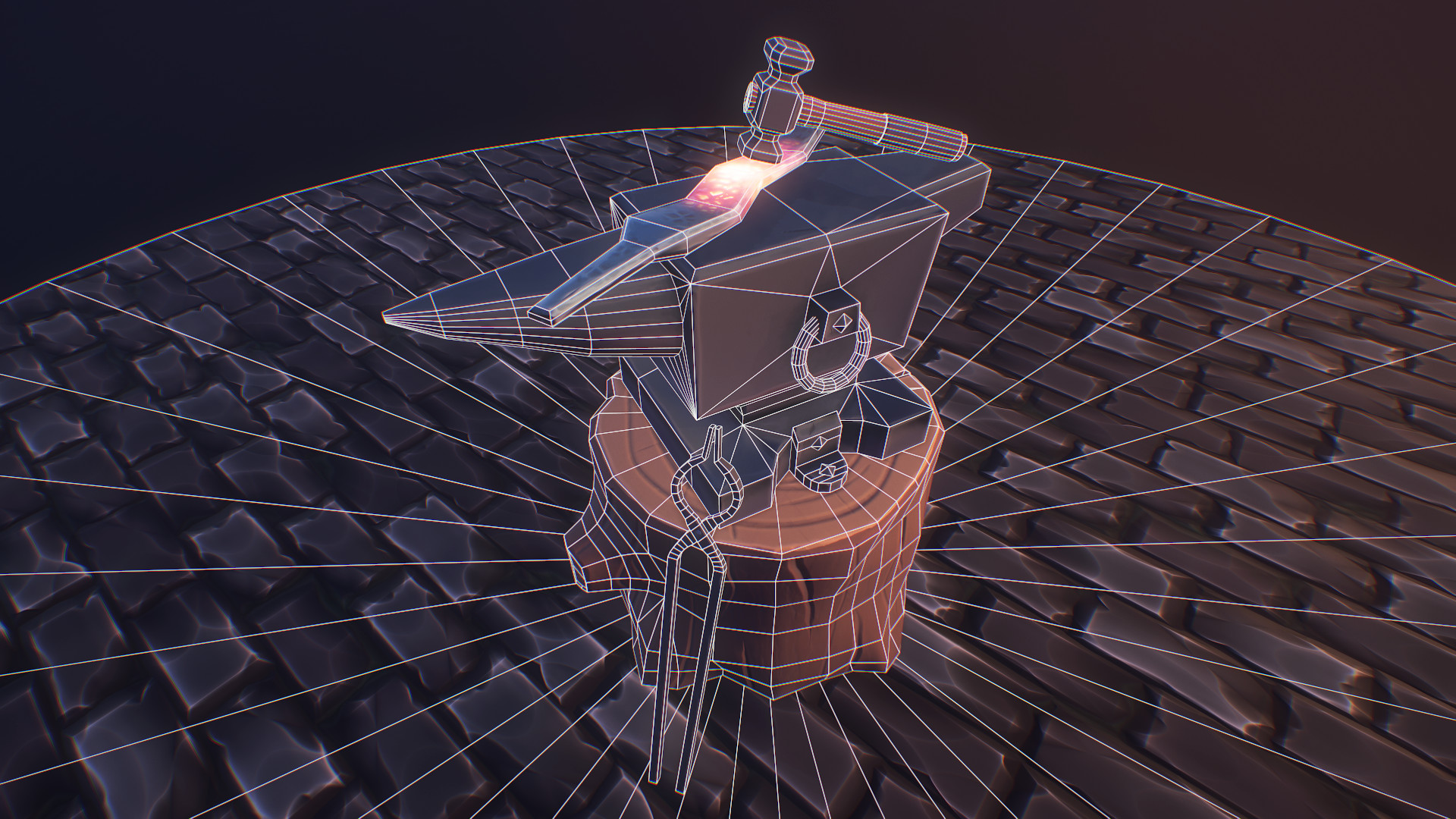DeepSeaBombing Mac OS
How to start up in macOS from Windows
Search for System Information in Lion or later (or System Profiler in Snow Leopard and earlier versions of Mac OS) in Spotlight (press ⌘ and Space). The program is in /Applications/Utilities and is the tool to see the connected USB devices and other hardware details. It is quite simliar to Device Manager on Windows. Alternatively you can access it via the Apple Menu. Command to disable mac mavericks os x system startup sound:sudo nvram SystemAudioVolume=%80You can get the startup sound back with the command:sudo nvram -d. OS X: Sleep helps you keep your Mac from drawing too much power or running low on battery, but sometimes you want to keep it awake for various reasons. Software blog Addictive Tips points to a.
- From the notification area on the right side of the Windows taskbar, click to show hidden icons.
- Click the Boot Camp icon .
- From the menu shown, choose Restart in macOS.
If you haven't installed the latest Boot Camp updates, you might get the message ”Could not locate the OS X boot volume.'
Or use Startup Manager as your Mac starts up:
- Restart your Mac from the Start menu in Windows.
- Press and hold the Option (or Alt) ⌥ key as your Mac begins to restart.
- Select your Mac startup volume (Macintosh HD) in the Startup Manager window, then press Return or click the up arrow:
How to start up in Windows from macOS

- Use Startup Manager to choose your Windows (Boot Camp) volume during startup.
- Or select your Boot Camp volume in Startup Disk preferences, then restart.
Learn more
- If you're having difficulty using VoiceOver or another screen reader to complete these steps, please contact Apple Support.
- Learn how to install Windows 10 on your Mac.
At a Glance
Expert’s Rating
Cons
Our Verdict
Editor’s note: The following review is part of Macworld’s GemFest 2012 series. Every weekday from mid June through late August, the Macworld staff will use the Mac Gems blog to briefly cover a favorite free or low-cost program. Visit the Mac Gems homepage for past Mac Gems reviews.
My MacBook Pro just celebrated its third birthday, and though it’s still going strong, I’ve been taking precautions to make sure it keeps performing at its best. One thing I’ve been trying to improve is battery life, and DeepSleep has greatly helped with that. This app does only one thing—it puts your Mac into Hibernation mode instead of standard Sleep mode—but it does it well.
Usually, when I’m finished using my MacBook, I just close the lid to put it to sleep, which conveniently leaves all of my open applications running. When the lid is opened again, my MacBook wakes up quickly and I can pick up where I left off. While there’s nothing wrong with using a MacBook this way (actually, I’m sure a lot of us do this), the laptop’s battery still drains while asleep if the laptop isn’t connected to AC power.
But OS X also supports a special Hibernation mode. When in Hibernation mode, your MacBook doesn’t use any power while asleep, and your open applications and files are still there when you wake the laptop. How? When you put the laptop to sleep in Hibernation mode, OS X writes the contents of the computer’s RAM to the internal drive. Since the RAM doesn’t have to retain that data during sleep, it doesn’t need to draw power. When you wake the computer, OS X copies the data from your drive back to RAM. The downside to Hibernation mode is that it takes longer for the computer to go to sleep and to wake from sleep because of the RAM contents being written to and read from your drive.
You can use Terminal commands to force your Mac to use Hibernation mode instead of standard sleep mode, but then you’re stuck with Hibernation mode every time you put your Mac to sleep. If you’re just going to grab some coffee, the slower sleep and wake processes can be a hassle—you likely want Hibernation mode only when leaving your Mac for longer periods. With DeepSleep installed, you can use Hibernation mode on demand: You just launch DeepSleep (or use its accompanying Dashboard widget) each time you want to put your Mac into Hibernation mode. A pop-up notification asks if you’d like to continue; assuming so, you click Hibernate.
To wake your MacBook, you just open the lid and press the Power button. As noted above, it takes a little while longer to wake from Hibernation mode than from regular sleep, but you’ll still find your machine looking just the way you left it.
(You could get a similar result—and similar energy savings—by using OS X’s System Resume On Restart feature and shutting your Mac down when you’re not using it, but that’s considerably slower. Whenever you want to use your Mac, you must power it on, wait for startup to finish, and then wait for the Resume feature to relaunch all your apps.)
It’s worth noting that DeepSleep isn’t just for MacBook users: Desktop-Mac users can use the utility to reduce energy bills, as your desktop Mac similarly doesn’t use as much power when hibernating as when sleeping.
DeepSleep probably won’t dazzle you, but this no-frills tool provides an excellent way to save power in between uses.
Deepseabombing Mac Os X
[Leah Yamshon is a Macworld assistant editor.]
Deepseabombing Mac Os Sierra
Want to stay up to date with the latest Gems? Sign up for the Mac Gems newsletter for a weekly email summary of Gems reviews sent directly to your Inbox. You can also follow Mac Gems on Twitter.